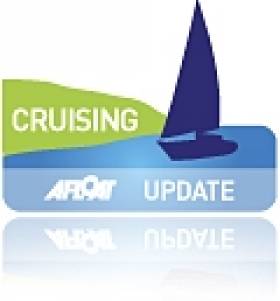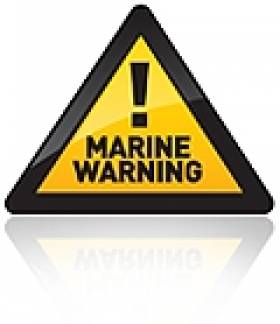Displaying items by tag: Shipping Forecast
150 Years Of The Shipping Forecast
#ShippingForecast - Do you know your Dogger from your Fisher? If so, it’s likely you know the Shipping Forecast, the 150th anniversary of which was marked last Thursday 24 August.
But do you know how the specialised weather broadcast came to be? How many areas it comprises? Or what day it failed to air for the first time in almost a century?
All that and more are included in Yachting & Boating World’s list of 10 interesting facts about the four-times-daily institution for mariners of all stripes in British and Irish waters.
Shipping Forecast Fails To Air For First Time In Decades
#Weather - The BBC's Shipping Forecast failed to air as scheduled yesterday morning for the first time in 90 years.
The Guardian reports that the mishap was the result of a technical glitch whereby BBC Radio 4's overnight switchover to the World Service did not switch back as planned in time for the 5.20am weather bulletin for the UK and Ireland's shipping areas.
Many listeners were quick to voice their displease on social media, though the forecast did eventually go out at 6.40am, an hour and 20 minutes late.
However, the glitch may be seen as a bad omen for some after warnings late last year over a transmitter shutdown now ongoing that may affect reception of the Shipping Forecast in the Irish Sea.
British Isles Cruisers Surveyed On Shipping Forecast
#Cruising - Yachting Monthly reports on an online questionnaire launched by the BBC to gauge the audience of the Shipping Forecast for the waters around Britain and Ireland.
The daily broadcast is a Radio 4 institution, but its future is far from certain in light of the increased use of the internet by sailors to download weather predictions.
According to meteorologist Frank Singleton, it's only a matter of time before the Shipping Forecast comes to an end. (As it is, there may be interruptions to the service next year.)
Stuart Carruthers of the Royal Yachting Association (RYA) has described the online survey as a "cunning ruse" to provide an excuse for ending the service, which he says is "essential" to yachts that have no internet access at sea.
It's a charge that's been denied by the BBC, who noted that the RYA has itself recently sought the opinions of its members on usage of the Shipping Forecast.
Yachting Monthly has more on the story HERE.
Shipping Forecast Could Be Affected By Transmitter Shutdown Next Year
#MarineWarning - Practical Boat Owner gives plenty of prior warning on plans by the BBC to shut down its Droitwich transmitter for maintenance next year, which could affect the Shipping Forecast for the Irish Sea.
The 12:01 shipping forecast "will potentially be transmitted at a lower power or ma be in audible on LW" for the period from April to August 2014 as Droitwich undergoes essential maintenance.
PBO has more on the story HERE.



























































